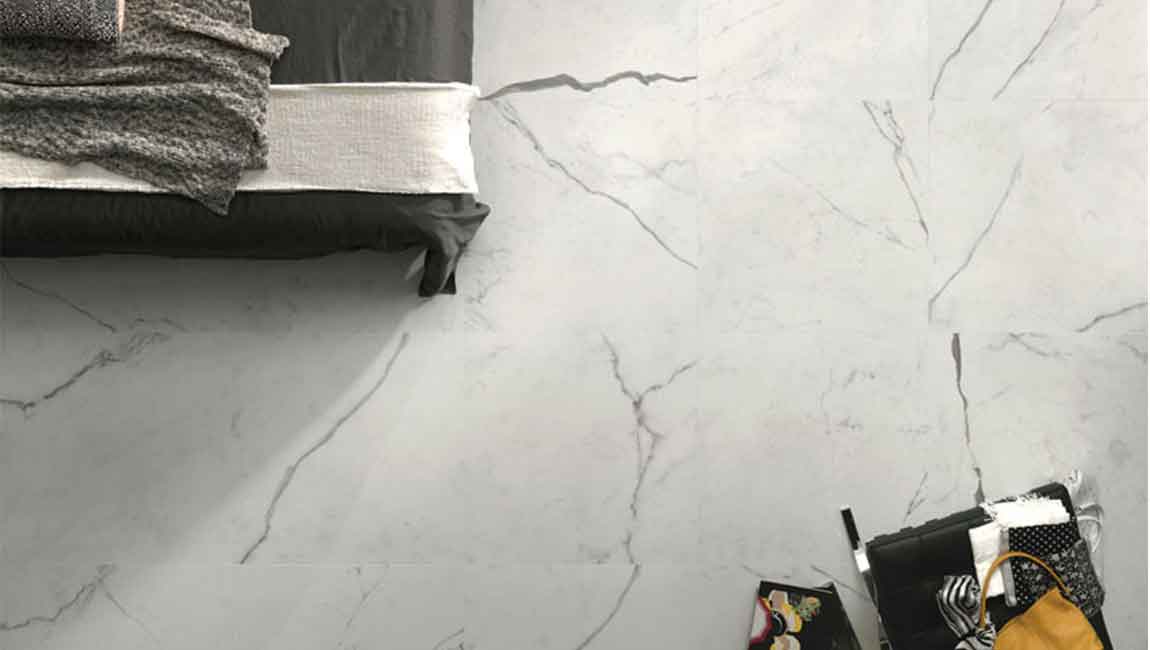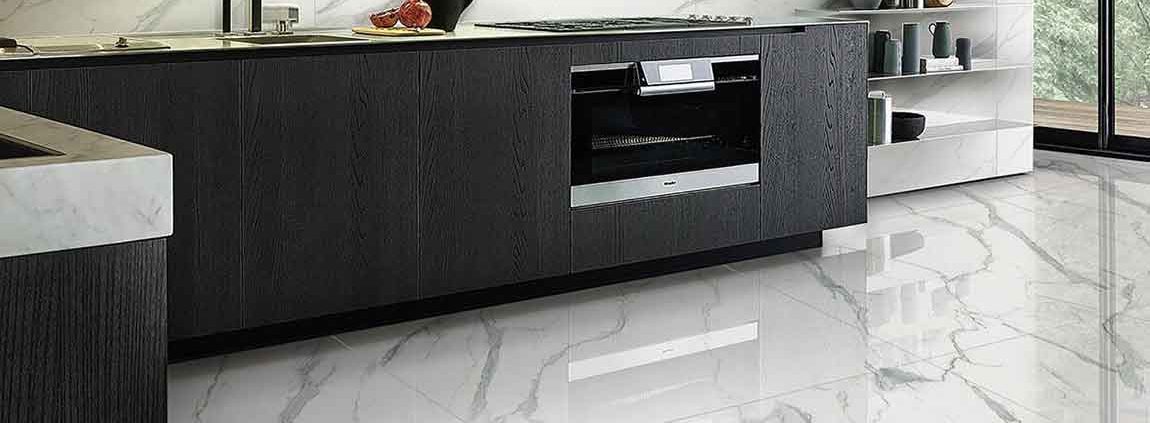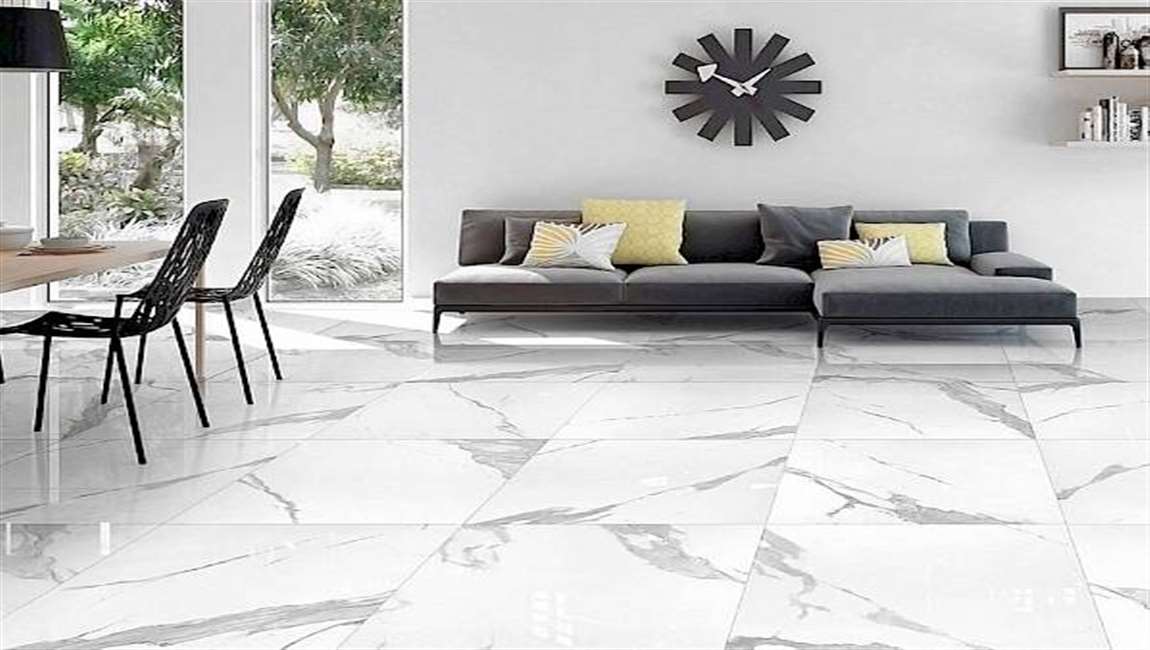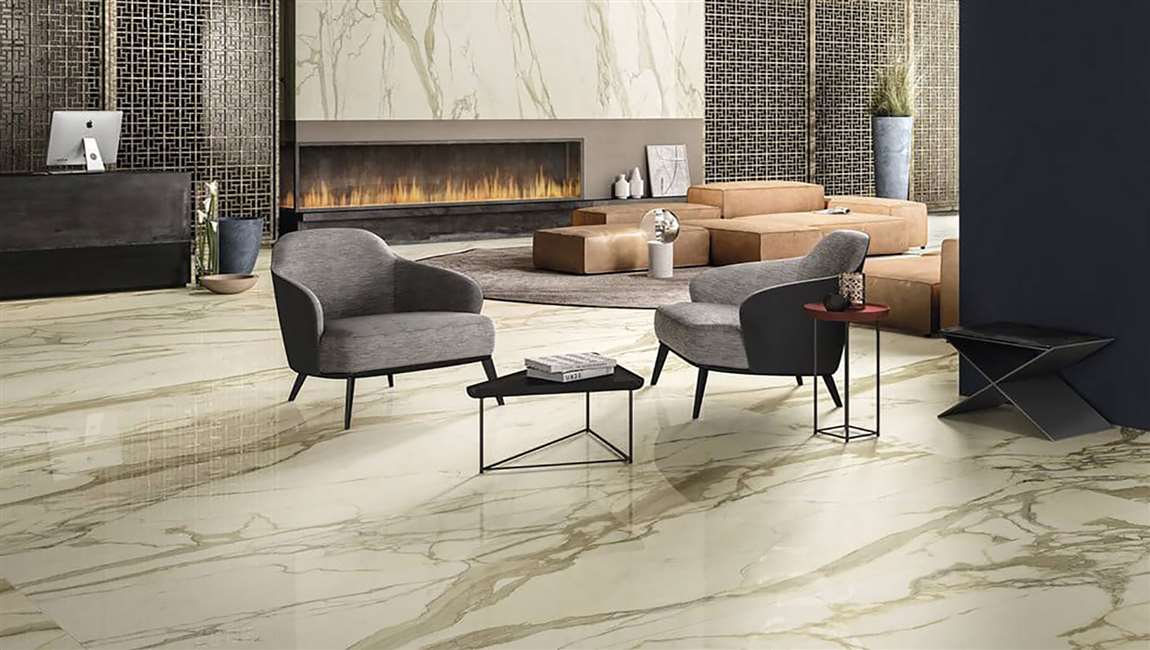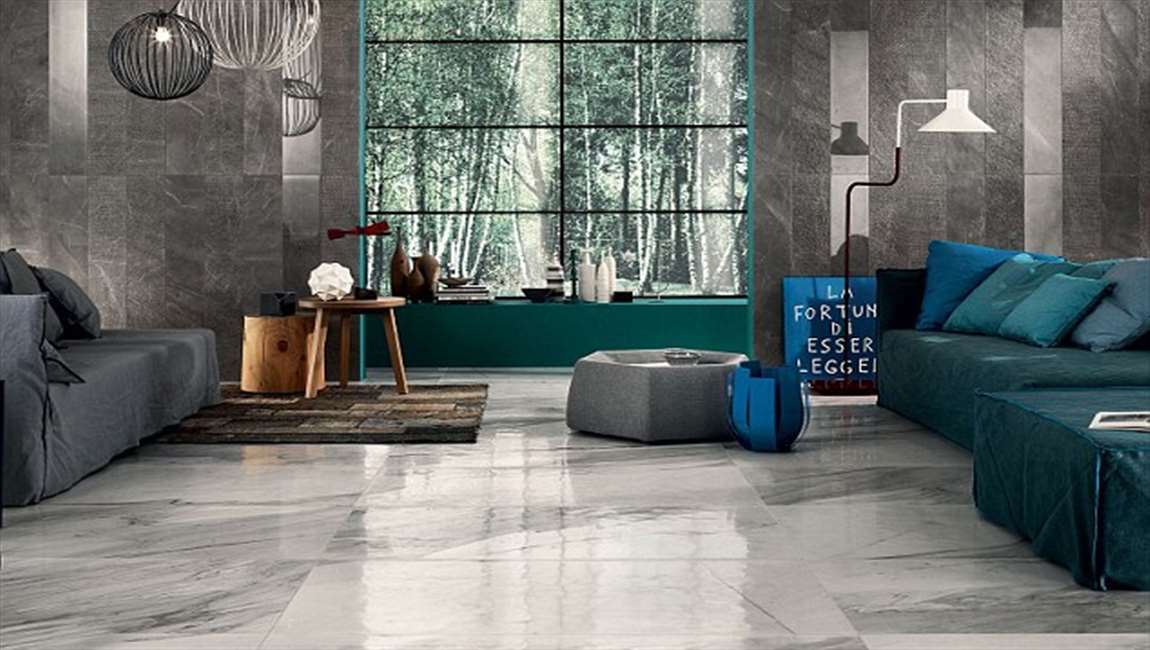How to Maintaining Your Stone Tile?
Evaluate the condition of your stone. Cracked wood marble tiles will accumulate buildup and dirtiness more quickly than those without any. These may need to be replaced or repaired. Uneven wall tiles may require a professional to grind, hone, and polish them flat. Note any stains and try to determine what caused these.
Knowing the source of a stain will make it easier for you to eliminate later if general cleaning techniques don’t work. Avoid abrasive and acidic cleaners. Abrasive and acidic cleaners will damage to your stone. Check the labels of all cleaners before using them to make sure they don’t contain either of these. Before using a cleaner, test it on an out of sight part of the stone to verify that it won’t damage or discolor.
Cleaners that are specially formulated for the kind of stone used in your shower will likely be the safest to use. Remove excess moisture from the tile after showering. Water remaining on your white tile will eventually evaporate, leaving behind minerals that cloud your stone, dirtiness, and more. After every shower, use a squeegee or soft towel to wipe away excess water and prevent this from happening.
Many squeegees come with suction cup hangers that you can attach to the wall of your shower. This way, your squeegee will be easily accessible after showering. Protect the condition of the tile with a non-slip mat. Your feet can grind small debris, like dirt, into your stone tile, wearing it down over time. This can cause it to lose its luster. Place a non-slip mat on the tile and vacuum under it occasionally to suck up these small particles.
Clean mats at least once a month to prevent stains from hiding underneath them and increasing in severity over time. Polish out etch marks. Etch marks are usually caused by an acid. Remove any dirtiness first with general cleaning methods. Apply a suitable stone polishing powder to the marble tile. Use a damp cloth to rub the powder into the stone in a circular motion. Continue rubbing until the etch mark disappears.
Some of your shower products may contain acids. Take care to keep these off your stone to prevent etching. Etching that is especially deep may be impossible to remove with polishing powder. In these cases, call a stone repair or maintenance professional.




